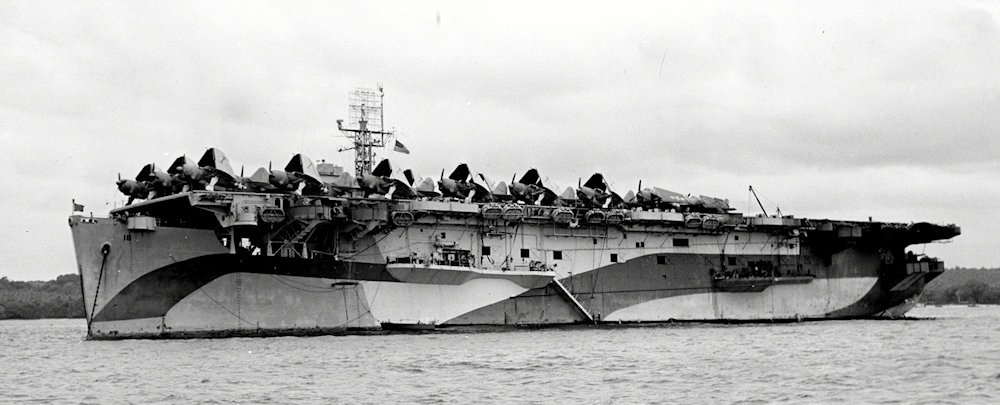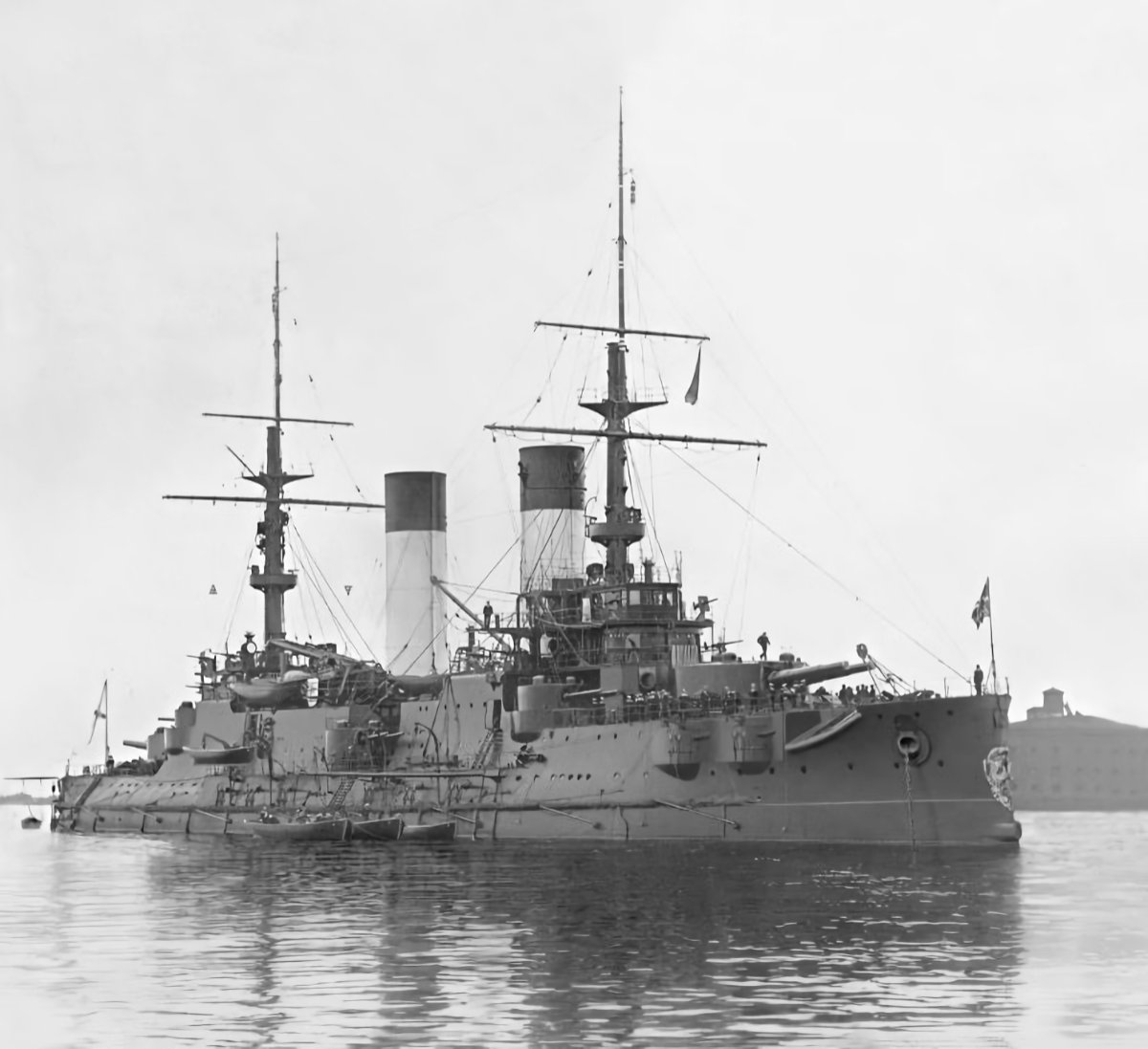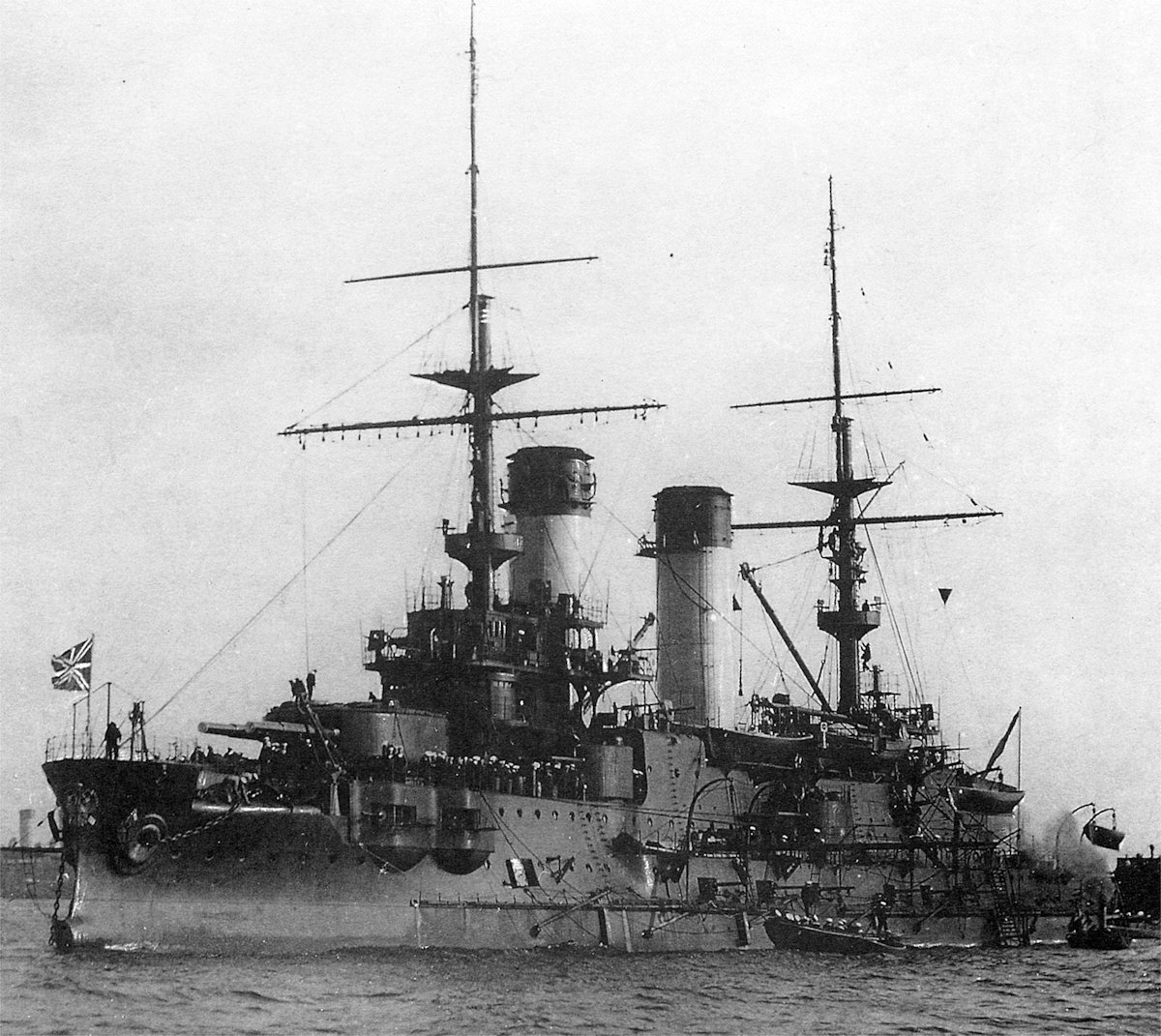Tag: Navy
-
US Escort Carrier USS Altamaha CVE-18

US Escort Carrier USS Altamaha CVE-18 Launched on 22 May 1942 and commissioned on 15 September 1942, USS Altamaha (AVG-18/ACV-18/CVE-18) was a Bogue-class escort aircraft carrier in the United States Navy during World War II. Before commissioning, her designation was changed from AGV-18 to ACV-18. On 15 July 1943 the designation was changed again, this… Read more
-
Russian Battleship Imperator Aleksandr III

Russian Battleship Imperator Aleksandr III Launched on 3 August 1901, Imperator Aleksandr III was a Borodino-class pre-dreadnought battleship built for the Imperial Russian Navy. Entering service in November 1903, she sailed on 15 October 1904, with the Second Pacific Squadron to break the Japanese blockade of Port Arthur. The Japanese captured the port while the squadron… Read more
-
Russian Battleship Borodino

Russian Battleship Borodino Launched on 8 September 1901, Borodino was the lead ship of her class of five pre-dreadnought battleships built for the Imperial Russian Navy. Entering service in August 1904, she sailed only two months later on 15 October, with the Second Pacific Squadron to break the Japanese blockade of Port Arthur. The Japanese captured… Read more